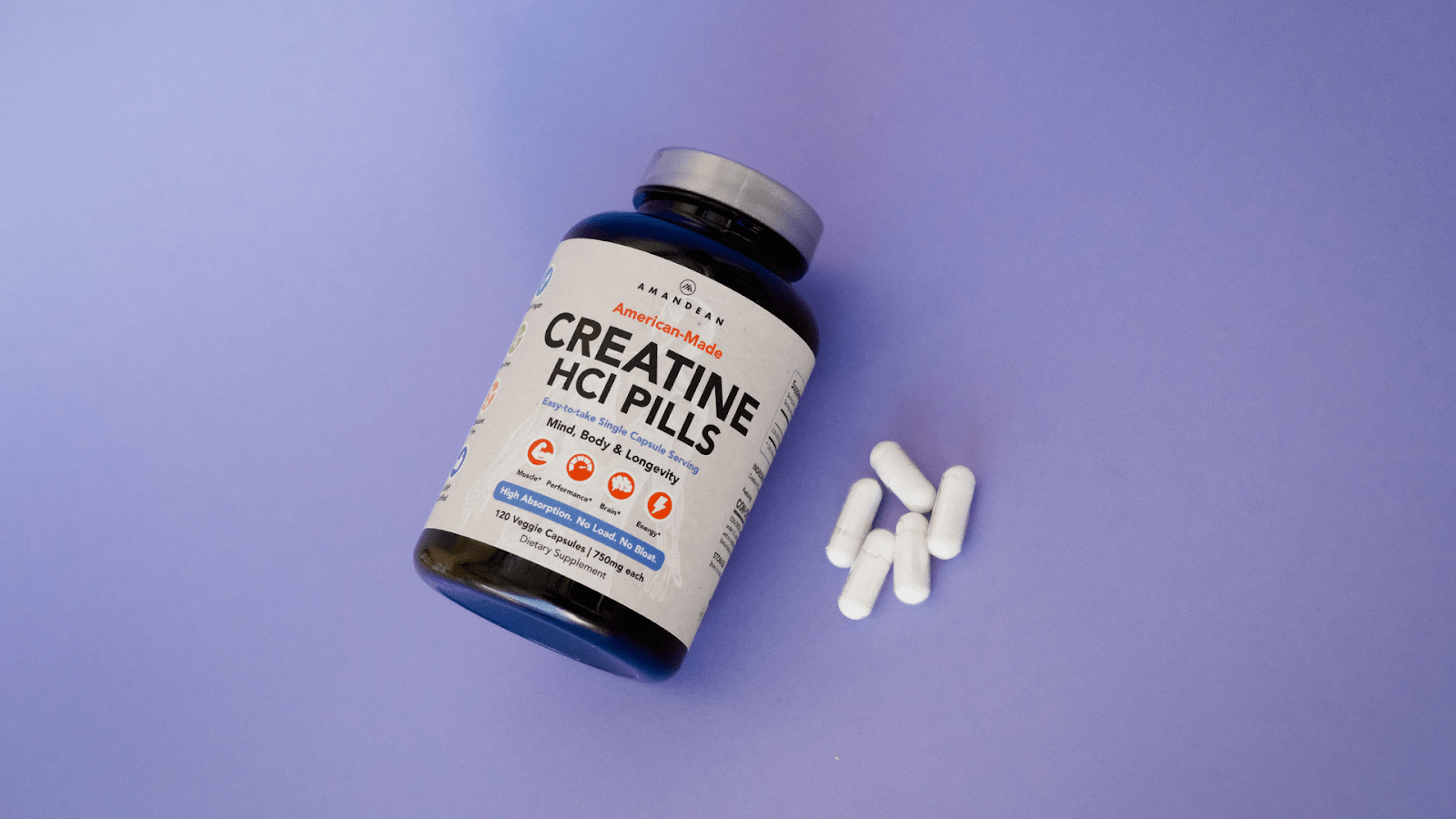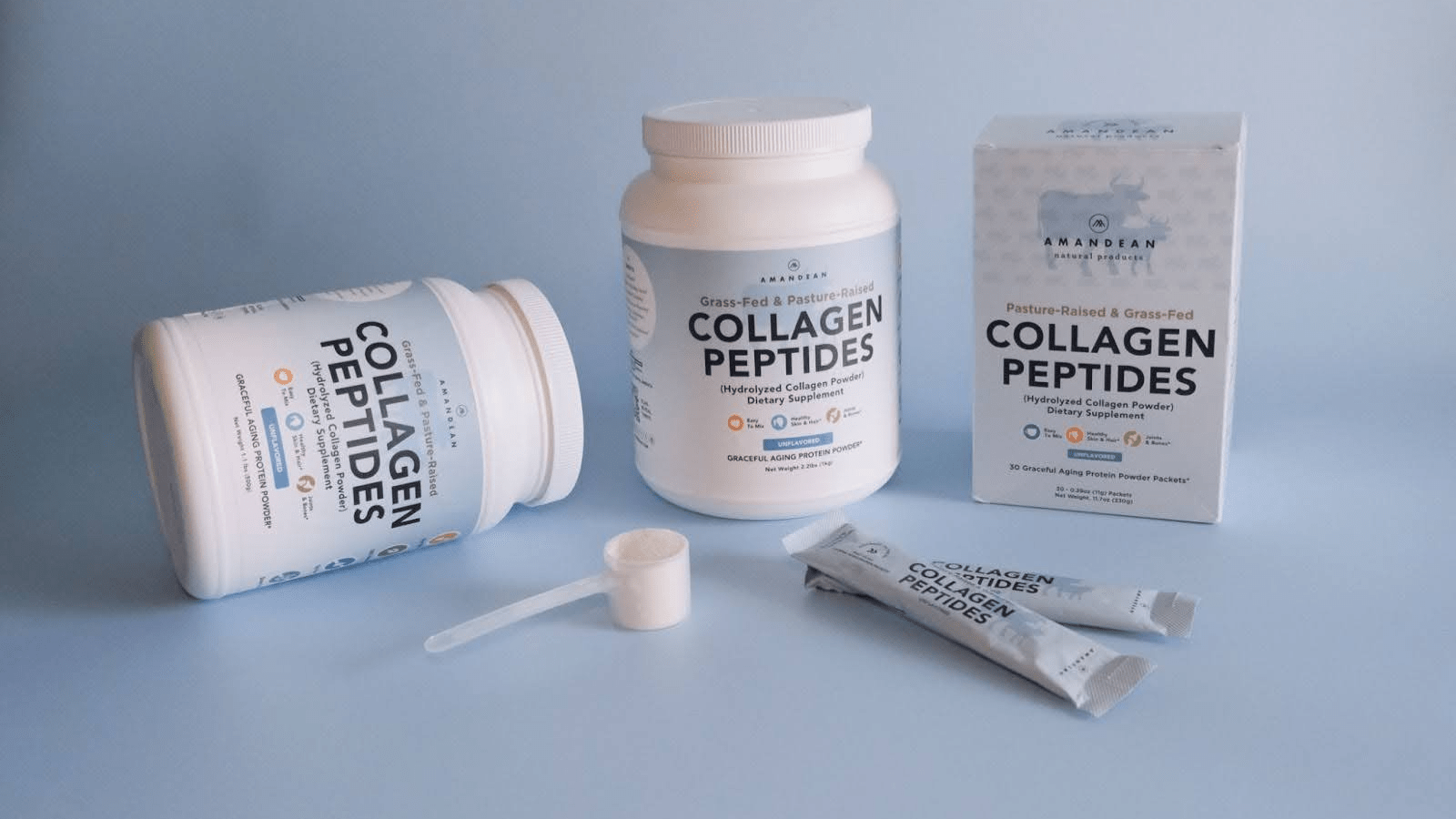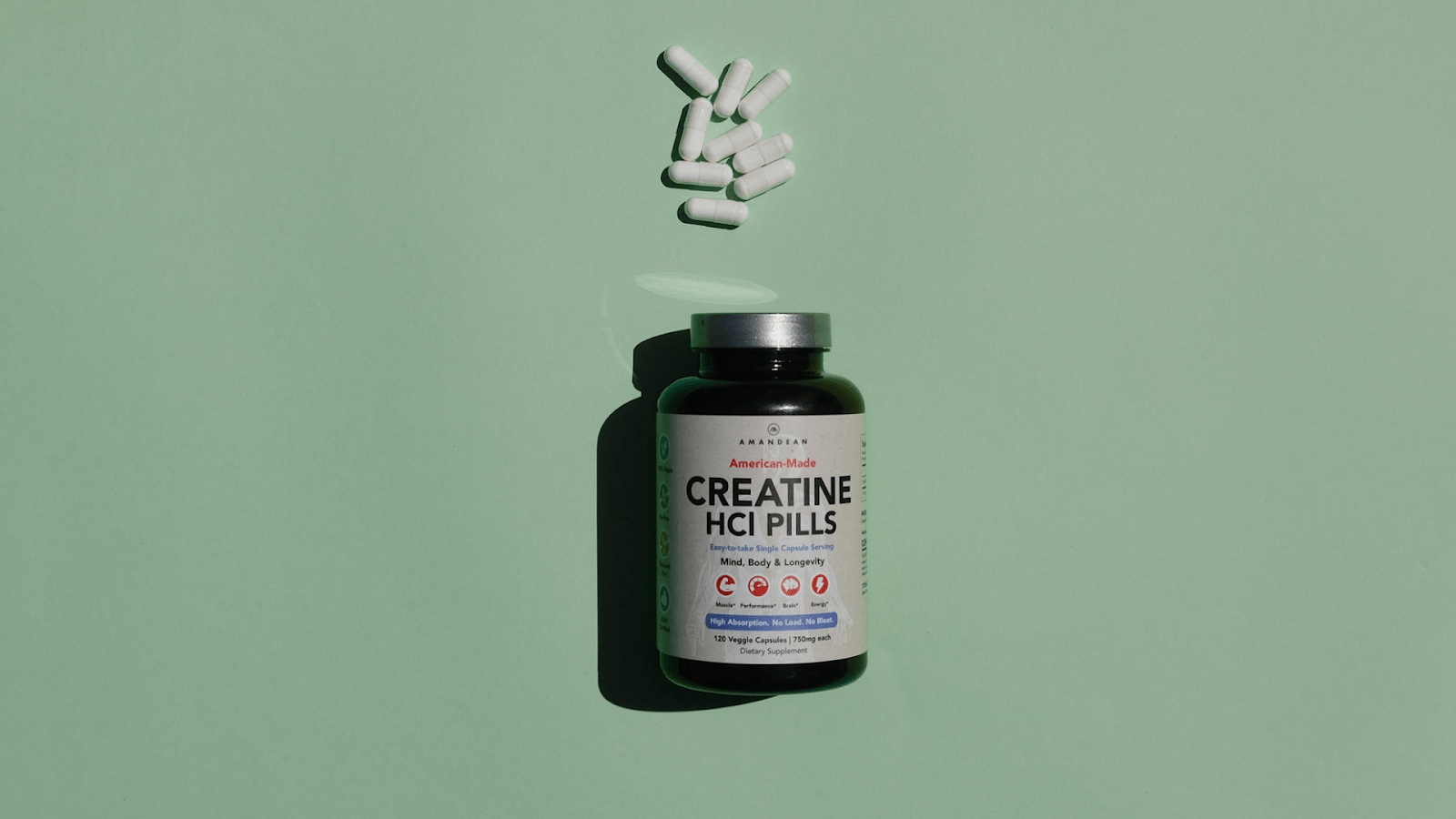Your Cart is Empty

October 08, 2020 7 min read
Take our quiz and find which supplements your body is craving.

Many of you are probably wondering, what in the world is bioavailability? To answer your question in one sentence, it has everything to do with how substances are absorbed by the human body. Effective bioavailability is the key to creating a supplement that delivers proven benefits and positive results.
Bioavailability is a measure of how quickly and easily a substance like food, medication, supplements, or treatments can be absorbed by your body and then reach their "intended destination". It refers to how quickly a substance enters your circulatory system and reaches the desired area so it can take effect. For instance, when your food digests, its bioavailability refers to how quickly and potently the good nutrients get absorbed into your bloodstream and the others get used by your cells.
There is so much that goes into measuring the effectiveness of medication and supplements. Bioavailability holds the key for how potently and effectively these supplements can deliver benefits. An oral dose of any given supplement has to pass through the intestinal walls in order to be absorbed by the body. When it comes to supplements, bioavailability refers to "the proportion of a nutrient or bioactive ingredient that was absorbed from the GI tract." Before we dive into how bioavailable supplements work, it's best to understand how bioavailability can be calculated and proven.

The bioavailability of a drug is heavily determined by its dosage form, which varies depending on its design and manufacture. Bioavailability is a measure of drug absorption; this includes both the rate at which the drug reaches its site of action and what fraction of its initial dose is used (essentially, what was the administered dose, and how much of it was used when it made it to its intended destination in the body). It's important to also note that different doses don't directly correlate with bioavailability. The quantity of different kinds of drugs in the healthcare industry have skyrocketed in the past decade and many have significantly different formulations. Simply, each takes a different route to treatment.
The bioavailability of drugs can also be influenced by the method in which they are administered. Orally administered drugs must pass through the intestinal wall and the liver and may be metabolized before adequate plasma drug concentrations are reached. Thus, oral administration often results in lower bioavailability. On the other hand, intravenous administration tends to yield a bioavailability of almost 100%. This is because when a drug is administered intravenously, it is delivered directly into systemic circulation.

The most reliable measure of a drug’s bioavailability is calculated by determining the "area under the plasma concentration-time curve" or AUC. By mapping out the concentrations of how much of a given drug is found in your plasma against the amount of time it has been in your body, your AUC accurately shows that supplement or drug’s level of bioavailability. Simply put, AUC is directly proportional to the total amount of unchanged drug that reaches systemic circulation.
Differences in bioavailability among formulations of a given drug can have clinical significance, thus, knowing whether drug formulations are equivalent is essential (Jennifer Le, Drug Bioavailability, MSD Manuels). Bioequivalence is a measure of the relative bioavailability between two different drugs with the same ingredients and intended purposes. The FDA defines a drug as being bioequivalent when "The absence of a significant difference in the rate and extent to which the active ingredient or active moiety in pharmaceutical equivalents or pharmaceutical alternatives becomes available at the site of drug action when administered at the same molar dose under similar conditions in an appropriately designed study." In other words, if two drugs are considered bioequivalent, they are interchangeable and their bioavailability and efficacy is the same.

The effectiveness of different drug administration methods can also be calculated using measurements of relative and absolute bioavailability. When the systemic availability of an orally administered drug is calculated in comparison to its intravenous administration, it is referred to as absolute bioavailability. Relative bioavailability is used to compare the efficacy of two drugs with the same formulation (think name brand vs. generic, or two types of the same drug such as ibuprofen).
Whew! Now that we have a pretty thorough understanding of what bioavailability is, how it's measured, and why it's important while shopping for food and drug products, let’s get into the bioavailability of nutrients such as those commonly found in supplements!
There are 4 effective ways in which nutrients can get into your bloodstream.
Since most supplements are delivered orally, they are subject to the "first-pass metabolism". This refers to the decrease in bioavailability as it passes through the gastrointestinal (GI) tract, gut wall, and finally, to the liver. During this journey, many vitamins and minerals do not make it over these "hurdles" and thus are not fully absorbed into the human body.

There are a number of factors that determine the rate of absorption; a nutrient’s extent of absorption can be influenced by gender, age, physiological state, genes, physical activity, and even your gut microbiota composition. An individual's health history also has a huge influence over how certain nutrients can be absorbed. For instance, the average healthy man absorbs <1% of the iron in their diet, but a woman with anemia might absorb as much as 35% of the iron in her diet.
The nutrient's make up itself can also determine how naturally bioavailable they are. Macronutrients such as carbs and fats are highly bioavailable, but micronutrients are often more difficult for the body to efficiently absorb. Vitamins and minerals are much more difficult to guarantee will efficiently enter the bloodstream which is why a bioavailable formula makes all the difference. This is where most supplement companies go wrong.
The greatest and most obvious benefit of bioavailable supplements is the absorption rate at which you can take advantage of all their intended benefits. Many antioxidants and vitamins in conventional supplement form cannot penetrate the cellular plasma membrane. Thus, choosing a supplement that prioritizes bioavailability makes a significant difference. In addition to this smart shopping choice, there are things you can do to ensure you're getting the optimal level of nutrient bioavailability.
1) Watch the clock: Some supplements may have more benefits when taken at certain times during the day. For example, calcium and magnesium should be taken in the evening since they have calming properties
2) Look forliposomal: Liposomal encapsulation technology allows nutrients to enter the bloodstream directly, without any of it being wasted or damaged in its journey through the stomach.
3) Research the dosage form: Every vitamin, mineral, and supplement comes in different forms. Research the supplement you're interested in before you buy to find its most bioavailable or most absorbable form. Just because a supplement claims to be “fast absorbing” doesn’t mean the formula reflects that.
4) Check the disintegration and dissolution levels: Dissolution refers to the ability of a supplement to dissolve in solution. Supplements that dissolve most rapidly have the highest bioavailability. If taking a tablet form, also check its disintegration rate to see how rapidly it will break apart once consumed and how quickly it can get into the bloodstream.
5) Watch what you eat: Some supplements don't play well with others. Certain foods contain acids that can inhibit the oral bioavailability of supplements. For example, tannins, which are present in tea and wine, reduce the absorption of iron. Antacids, alcohol, and nicotine can also inhibit the bioavailability of your supplements. Foods such as grapefruits, cranberries, pomelos, and brassica vegetables can decrease your metabolism rate and thus slow the disintegration and absorption of supplements. However, some nutrients can boost the bioavailability of others. For example, in one clinical trial, curcumin (the active ingredient in turmeric) when paired with piperine (an alkaloid found in black and white peppercorns) was found to raise the bioavailability of curcumin by as much as 2000%! Learning about supplement interactions with other foods & supplements is part of maximizing their effectiveness.
Thorough research should be done on whatever nutrient you’re lacking in so you can adjust your lifestyle and diet accordingly to maximize the benefits of your supplement. However, finding which supplements work best for your diet is only the first step. In order to ensure that you’re getting the most from your supplements, you have to prioritize bioavailability. Otherwise, you may have picked the right type of supplement, but it will pass right through you! Now that you know what to look for, selecting the most effective and bioavailable supplement is only a matter of time!
Bioavailability can be defined as the rate of absorption of a certain substance, as well as the utilized amount.
The most accurate method of measuring bioavailability is determining the "area under the plasma concentration-time curve " or AUC.
Bioequivalence is a measure of the relative bioavailability between two different drugs with the same ingredients and intended purposes.
Absolute bioavailability compares oral vs. intravenous administration, whereas relative bioavailability compares the efficacy of drugs that use the same formula
Methods of increasing bioavailability include using liposomal formulas and combining using the right supplement combinations.
1) https://futureyouhealth.com/about-bioavailability
2) https://www.dailygem.co/blogs/news/guest-blog-bioavailability
4) https://www.msdmanuals.com/professional/clinical-pharmacology/pharmacokinetics/drug-bioavailability
5) https://www.certara.com/knowledge-base/bioavailability/
6) https://www.fda.gov/media/89135/download
7) https://www.nutritional-supplement-truths.com/bioavailability-of-nutritional-supplements.html
8) https://journals.sagepub.com/doi/full/10.1177/2397847317696366

October 17, 2025 8 min read
Find out why creatine is better for vegans! Boost your wellness game and unlock peak performance with Amandean's premium supplements today.

October 16, 2025 7 min read
Learn whether collagen in coffee is just another wellness fad. Examine the facts, benefits, and how to use collagen in coffee for beauty and joint support.

September 22, 2025 9 min read
Unlock the full benefits of creatine for women. Boost energy, beauty, and brainpower with Amandean’s clean formulas.